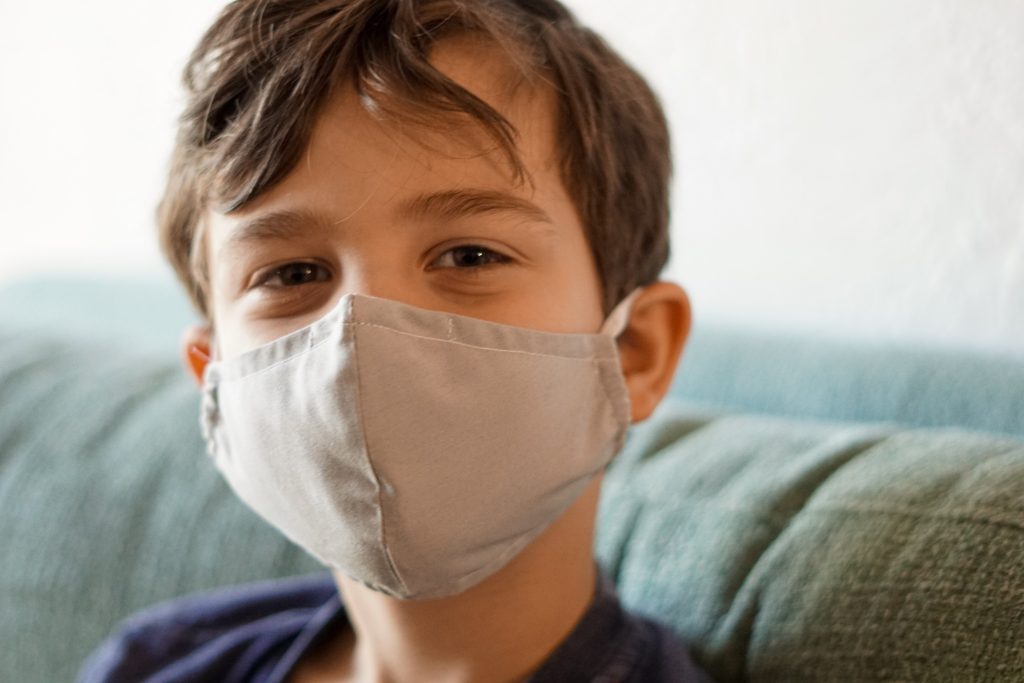Every individual of the workforce must understand their responsibility in maintaining workplace safety. Cleaners are one set of employees who must be aware of additional health and safety protocols and best practices in order to protect their personal safety as well as the safety of their coworkers and clients.
We have provided a summary of five important health and safety precautions for cleaners in this article. Each of these suggestions is based on advice from the Health and Safety Executive (HSE).
The significance of cleaner safety
On a regular basis, cleaners face dangers and hazards ranging from musculoskeletal diseases to work-related skin illness. Work-related skin disorders include the following:
dermatitis (dry, sore, flaky skin)
Skin allergies
eczema
Asthma, skin burns, and eye damage
Did you know that:
- Each year, an estimated 8,000 new cases1 of self-reported skin disease are recorded in the United Kingdom.
- Wet work and soap and cleansers are the primary sources of work-related skin illness in the UK.
- Each year, about 4 million working days are lost in the UK due to absenteeism caused by work-related skin disorders3.
It is critical that cleaners understand and follow protocols while utilizing cleaning products to avoid coming into touch with hazardous or caustic substances that can harm their health. In this essay, we will go over 5 important health and safety precautions for cleaners.
How could cleaners do to keep workplaces safe?
-
Keep your skin moisturized.
To guarantee a safe working environment, protect consumers from sicknesses, and avoid a loss of reputation for your organization, cleaners must practice good personal hygiene.
Personal hygiene encompasses all of the activities we do in to keep ourselves clean and healthy, as well as to protect ourselves from stomach infectious diseases, colds, and the flu.
Cleaners should be outfitted with appropriate PPE. Single-use gloves should be discarded after each task. Remember that gloves are not a substitute for hand washing. To prevent the spread of bacteria, cleaners must wash their hands both before and after donning gloves.
Tip: If your skin comes into contact with an allergen or irritant, we recommend rinsing it with warm water and an emollient (to soothe and hydrate the skin) as soon as possible. Emollients aid in the prevention of skin disease flare-ups and patches of irritation.
-
Restriction of access helps to prevent slips.
Cleaners must evaluate the danger of slips and trips and take appropriate safeguards. Spills and wet or unclean flooring are two easy items that cleaners may investigate as part of their assessment.
The majority of slips occur on wet or unclean floors4. Ensure that cleaning is done at the appropriate time and in the proper manner, with the appropriate supplies and equipment. Make certain that wet floor signs are always used.
People frequently trip and fall on wet floors after cleaning. Signs and cones merely alert individuals to a potential threat; they do not prevent anyone from approaching the area. They are frequently overlooked if the spill is not visible.
Tip: If possible, use barriers, lock doors, or clean in sections to block access to smooth wet surfaces.
-
Follow the proper steps.
Following a thorough cleaning routine is critical for avoiding health and safety hazards. It ensures that hazardous bacteria are completely eradicated and are not accidentally transmitted, as well as that any further hazards are minimized. This was especially true during the Covid-19 outbreak, when people emphasized the significance of hygiene even more than normal.
The government recommends5 washing down frequently touched surfaces twice a day, one of which should be at the start or conclusion of the working day.
Cleaning frequency should rise in proportion to the amount of persons utilizing the area, whether they are entering and exiting the setting or have access to handwashing and hand-sanitizing facilities.
Tip: Cleaning can be made easier by reducing clutter and removing difficult-to-clean things.
-
Make use of containers.
Although it is rare that any adult would purposefully drink a cleaning substance, it is still common to find food or drink containers being used to store hazardous cleaning substances. This is not acceptable.
Many cleaning companies may purchase cleaning supplies in bulk and then decant them into smaller containers to transport to job sites. Cleaners must follow their organization’s hazardous product decanting protocols and utilize the designated containers.
Tip: Make certain that all containers are properly labeled, that it is safe to decant the chemical material in question, that nothing is unlabelled, and that nothing from an unlabelled container is used.
-
Instruction and supervision
Organizations have a legal obligation to provide a safe working environment for cleaners. This implies that cleaners are provided the necessary training and personal protective equipment.
Are you convinced that your staff and coworkers understand your cleaning processes and how to manage work-related risks?
Tip: Assure Safety provides a variety of mandatory courses, including workplace Safety & Health and Core Module courses.
